Google Cloud Platform Credits: How to Maximize Free Resources for SaaS Scaling
- Nitin Yadav
- Knowledge
About
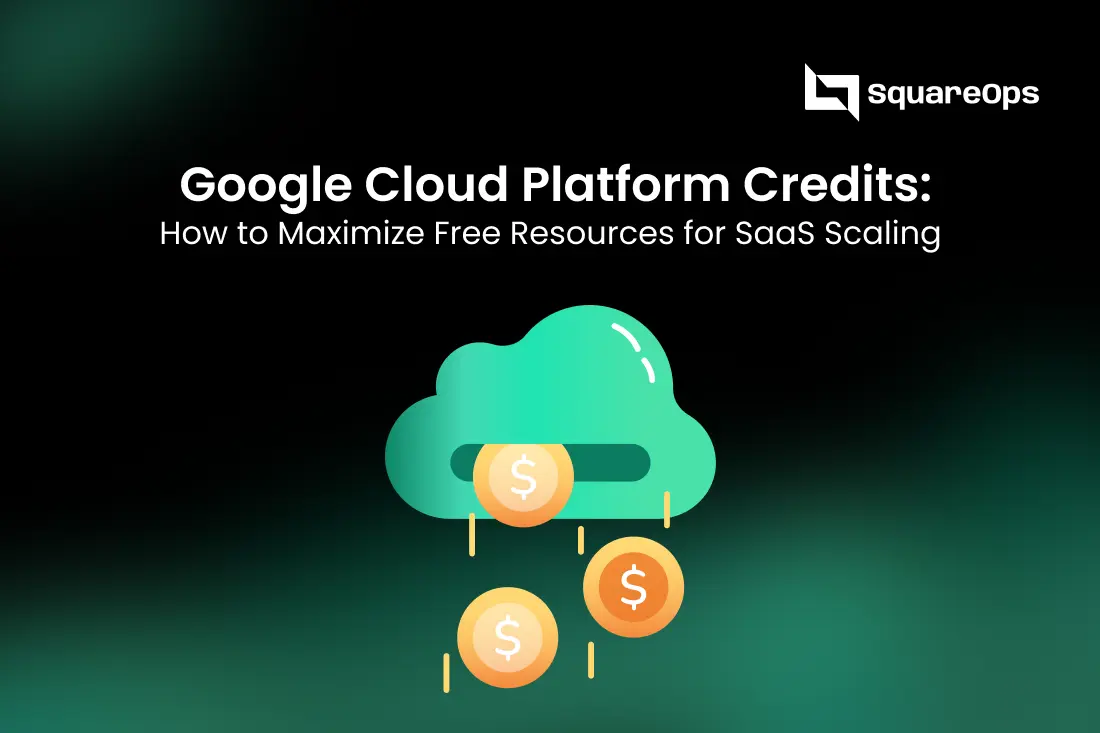
Scale your SaaS without draining budgets! Discover how GCP credits cut cloud costs, extend runway & fuel growth with DevOps best practices.
Industries
- BigQuery for SaaS, cloud cost management, Cloud cost optimization, Cloud Credits for Startups, DevOps for SaaS, GCP credits, GCP free trial, Google Cloud credits, Google Cloud for Startups, Google Cloud vouchers, Kubernetes on GCP, SaaS cloud infrastructure, SaaS growth with GCP, SaaS scaling, startup cloud savings
Share Via
Scaling a SaaS product is both exciting and expensive. Every new feature, customer, and deployment adds pressure to your infrastructure and to your cloud bill. For early-stage SaaS companies, cloud costs can quickly consume budgets, reducing their runway and limiting growth.
But here’s the good news: Google Cloud Platform (GCP) credits can help.
Through GCP free credits, startup vouchers, and partner programs, SaaS founders can save tens or even hundreds of thousands of dollars. When combined with DevOps for SaaS practices, these credits can help you build, deploy, and scale faster without worrying about runaway cloud bills.
This guide explains:
- What GCP credits are.
- How SaaS companies can get them.
- Best practices for using credits effectively.
- Mistakes to avoid.
- Real-world case study.
- The future of GCP credits in 2025 and beyond.
What Are Google Cloud Platform Credits?
Google Cloud Platform credits are promotional funds provided by Google to help startups, developers, and enterprises use GCP services at reduced or no cost.
These credits are applied directly to your GCP billing account, offsetting usage costs across eligible services.
Services You Can Use GCP Credits For
- Compute: Google Compute Engine, Kubernetes Engine (GKE), App Engine.
- Storage: Cloud Storage, Persistent Disks, Filestore.
- Databases: Cloud SQL, Firestore, Bigtable.
- AI/ML: Vertex AI, BigQuery ML.
- DevOps Tools: Cloud Build, Artifact Registry, Cloud Operations suite.
GCP credits act like free money in your cloud account but they must be used strategically.
How SaaS Companies Can Get GCP Credits
There are multiple official ways for SaaS startups and enterprises to obtain GCP free credits and vouchers.
1. GCP Free Trial Credits
- Google offers $300 in free credits valid for 90 days.
- Available to all new GCP users.
- Best for testing services and building proof-of-concepts.
2. Google Cloud for Startups Program
- Offers up to $ 100,000+ in credits, depending on the stage and backing.
- Requirements:
- Startup incorporated within the last 5 years.
- Funding stage (bootstrapped, seed, Series A).
- Affiliation with accelerators or VC firms partnered with Google.
- Startup incorporated within the last 5 years.
3. Partner and Accelerator Programs
- GCP works with startup accelerators, incubators, and VCs.
- If your startup is part of one, you may be eligible for significant credit vouchers.
4. Education and Research Programs
- GCP Research Credits for universities and labs.
- Google Cloud for Education for students and professors.
Benefits of Using GCP Credits for SaaS Scaling
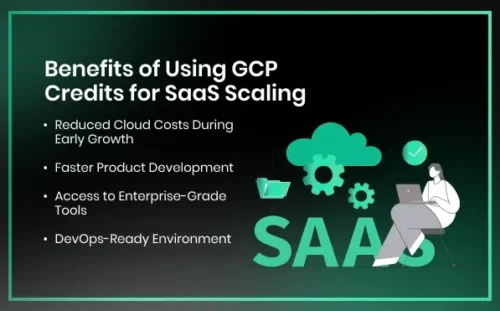
For SaaS companies, the benefits of GCP startup credits go beyond cost savings:
1. Reduced Cloud Costs During Early Growth
- Save thousands in hosting and database costs.
- Extend runway and reinvest savings into growth.
2. Faster Product Development
- Experiment freely with new features.
- Test multiple architectures without financial risk.
3. Access to Enterprise-Grade Tools
- Run workloads on the same infrastructure powering Google Search and YouTube.
- Leverage AI/ML services (Vertex AI, BigQuery ML) to differentiate your SaaS.
4. DevOps-Ready Environment
- Credits can be used for CI/CD pipelines, monitoring, and observability.
- Enables SaaS teams to follow DevOps for SaaS best practices from day one.
How to Maximize GCP Credits Effectively
Credits can run out quickly if not managed properly. Here’s how to make the most of them:
1. Prioritize Core Workloads
- Use credits for compute, storage, and databases, the biggest cost drivers.
- Avoid wasting them on non-essential experiments.
2. Adopt Cloud-Native Managed Services
- Firestore for serverless databases.
- Cloud SQL for relational workloads.
- BigQuery for analytics at scale.
- Managed services reduce ops overhead and maximize value.
3. Implement DevOps for SaaS Best Practices
- CI/CD Automation: Use Cloud Build for continuous integration.
- Monitoring: Cloud Operations Suite for observability.
- Scaling: Kubernetes Engine for containerized workloads.
4. Cost Optimization Strategies
- Rightsizing VMs: Choose the right machine types.
- Preemptible VMs: Run non-critical jobs at a 70–90% discount.
- Storage Lifecycle Policies: Move old data to cheaper tiers.
5. Monitor Credit Usage
- Use the Billing Console to track credit burn rate.
- Set up Budgets and Alerts to avoid surprises.
Treat GCP credits like real money because once they’re gone, they’re gone.
Common Mistakes SaaS Companies Make with GCP Credits
Many SaaS startups burn through credits without realizing it. Here’s what to avoid:
- Using Credits on Side Projects
- Focus credits on your core SaaS product, not experiments.
- Focus credits on your core SaaS product, not experiments.
- Ignoring Expiration Dates
- Credits expire (usually in 12–24 months). Use them before they vanish.
- Credits expire (usually in 12–24 months). Use them before they vanish.
- Lack of Cost Monitoring
- Teams forget to track usage until credits are depleted.
- Teams forget to track usage until credits are depleted.
- Scaling Without Optimization
- Without rightsizing or automation, credits get wasted on overprovisioned resources.
- Without rightsizing or automation, credits get wasted on overprovisioned resources.
- Relying Only on Credits
- Treat credits as a boost, not a permanent cost strategy. Build a FinOps discipline early.
Case Study: SaaS Startup Scaling with GCP Credits
Background:
A SaaS company offering analytics solutions joined an accelerator backed by Google.
Challenge:
- Infrastructure costs projected at $15K/month.
- Limited runway for scaling to enterprise customers.
Solution:
- Secured $50K in GCP startup credits.
- Deployed workloads on Kubernetes Engine.
- Used BigQuery for analytics and Firestore for real-time data.
- Implemented DevOps pipelines with Cloud Build and monitoring with Stackdriver.
Results:
- Scaled from 1,000 to 50,000 users with zero infra costs in year one.
- Reduced feature release times from weeks to days.
- Credits provided a 12-month runway extension.
The smart use of GCP credits enabled the startup to grow rapidly without cloud costs draining its resources.
Future of GCP Credits in 2025 and Beyond
Google continues to evolve its credit programs. Expect these trends:
More AI/ML Credits
- Special incentives for startups in AI, ML, and generative AI.
Integration with FinOps Frameworks
- Better tools for tracking credit usage and forecasting spend.
Sustainability-Focused Programs
- Credits for companies optimizing workloads for carbon efficiency.
Multi-Cloud Incentives
- Google is expanding credits to attract enterprises considering AWS or Azure.
Stricter Compliance Rules
- Tighter controls to prevent misuse or resale of credits.
Conclusion:
For SaaS startups and enterprises, Google Cloud Platform credits are more than just free money they’re a growth accelerator. Used wisely, they can:
- Cut cloud bills dramatically.
- Accelerate product development.
- Enable scalable architectures.
- Extend financial runway.
But credits alone aren’t enough. SaaS founders must pair them with DevOps for SaaS best practices, monitoring, and cost optimization.
At SquareOps, we help SaaS companies:
- Unlock GCP startup credits and partner vouchers.
- Optimize credit usage for maximum impact.
- Implement DevOps pipelines for faster releases.
- Scale reliably on Google Cloud without overspending.
Want to maximize your GCP credits and scale faster?
Book a Free Consultation with SquareOps today.
Frequently asked questions
Google Cloud Platform (GCP) credits are promotional funds that reduce your cloud bill. They can be applied to services like Compute Engine, Kubernetes Engine, BigQuery, and Firestore to support SaaS scaling.
Startups can access GCP credits through the Google Cloud for Startups Program, accelerator and VC partnerships, or free trial credits offered to new accounts
Google provides new users with $300 in free credits valid for 90 days, which can be used to test and deploy cloud services.
Eligible startups can receive up to $100K+ in GCP startup credits through the Google Cloud for Startups Program, covering infrastructure, databases, AI/ML, and DevOps tools
Yes. SaaS companies can use GCP credits for CI/CD automation (Cloud Build), monitoring (Cloud Operations), and container orchestration (GKE) to accelerate deployments.
Common mistakes include using credits for side projects, ignoring expiration dates, failing to monitor usage, and not optimizing workloads with rightsizing and automation.
By reducing cloud costs, credits let SaaS teams invest in innovation, build scalable architectures, and extend financial runway without worrying about immediate cloud bills.
Yes. GCP credits usually expire within 12–24 months depending on the program. Unused credits cannot be extended or transferred.
Yes. Some SaaS companies use GCP credits alongside AWS or Azure incentives, but credit use depends on each provider’s program rules.
SquareOps helps SaaS businesses unlock Google Cloud Platform credits, optimize usage with DevOps best practices, and scale applications while minimizing cloud costs.
Related Posts
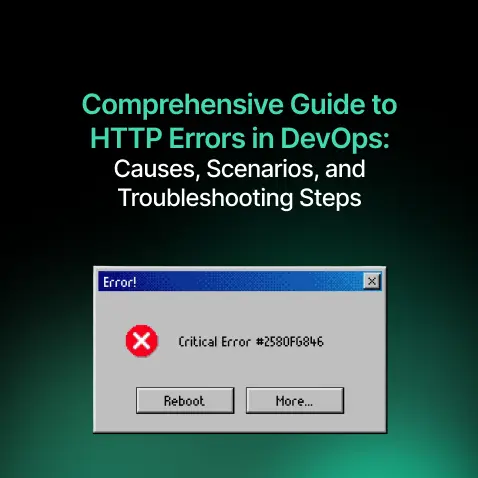
Comprehensive Guide to HTTP Errors in DevOps: Causes, Scenarios, and Troubleshooting Steps
- Blog
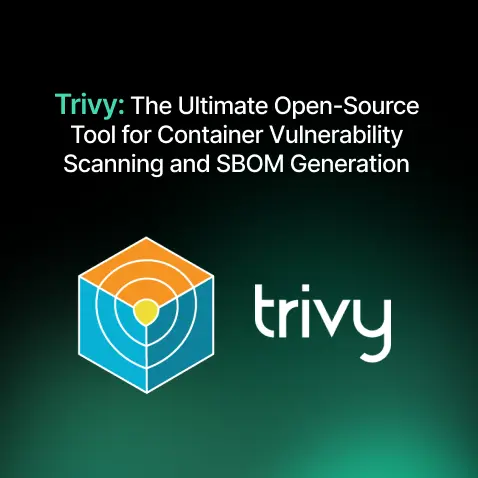
Trivy: The Ultimate Open-Source Tool for Container Vulnerability Scanning and SBOM Generation
- Blog
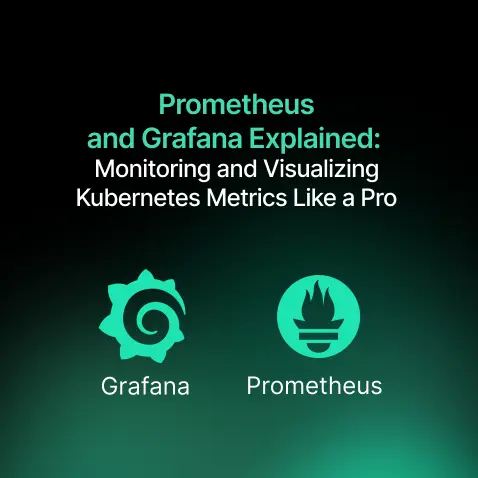
Prometheus and Grafana Explained: Monitoring and Visualizing Kubernetes Metrics Like a Pro
- Blog
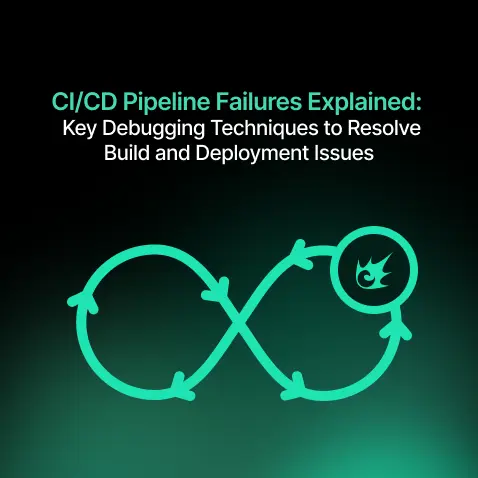
CI/CD Pipeline Failures Explained: Key Debugging Techniques to Resolve Build and Deployment Issues
- Blog
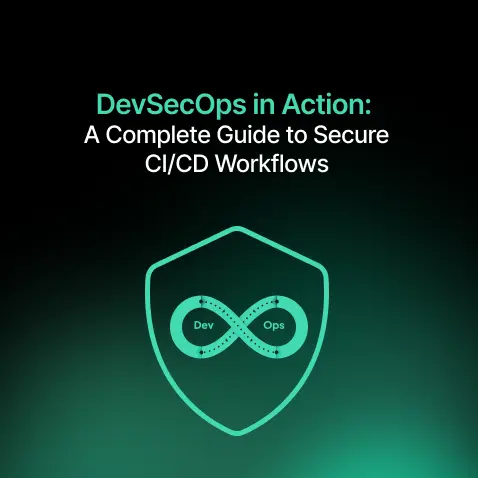
DevSecOps in Action: A Complete Guide to Secure CI/CD Workflows
- Blog
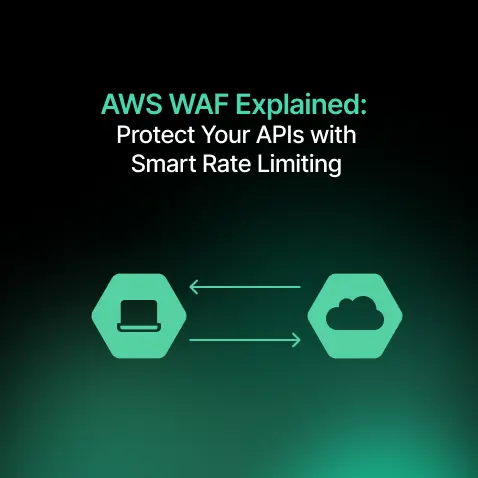
AWS WAF Explained: Protect Your APIs with Smart Rate Limiting
- Blog

